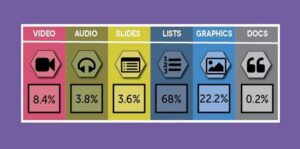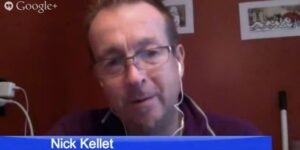
Crowdsourcing: Hot Mess or High Art? #TChat Recap
It may seem like a fine line between #TChat events and controlled chaos, but there’s more here than meets the eye. Our community considers the why and how of crowdsourcing

It may seem like a fine line between #TChat events and controlled chaos, but there’s more here than meets the eye. Our community considers the why and how of crowdsourcing

How does your digital content compare with popular blogs? And what can you do to improve? See what a TalentCulture audit revealed, and request a free audit for your site…

In today’s connected world of work, how can we make the most of tools and techniques that help us curate and share collective wisdom?

Conferences: Who’s redefining the concept, and what does it mean for professional communities and personal brands? The case for crowdsourcing